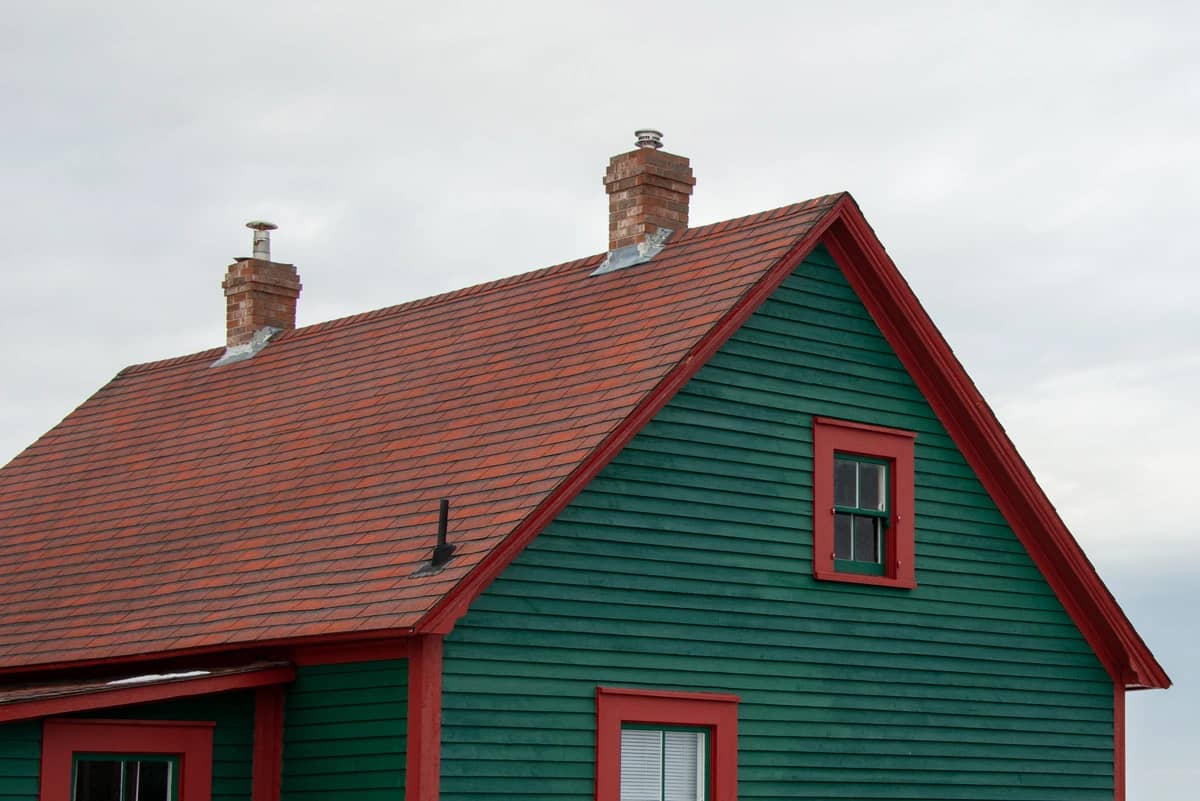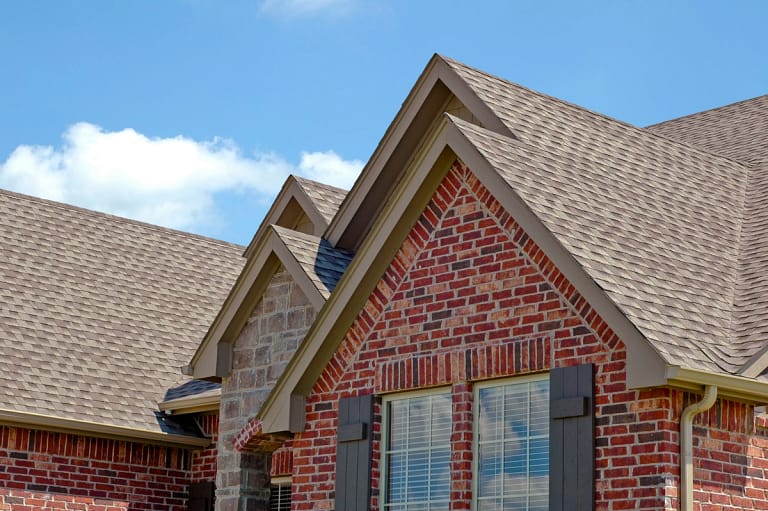Does your home need a roof replacement, but you’re not sure what to expect? Well, you’re not alone. Most people don’t know the ins and outs of what it takes to get a new roof. But, whether you’re dealing with leaks or simply in need of an upgrade, understanding the roof replacement process is crucial in ensuring a successful project.
In the content below, we’ll walk you through:
- The signs that you need a roof replacement
- How to choose the right roofing materials
- An explanation of the roofing replacement process
With that said, if you’re ready to get rid of your old roof, let’s jump into this helpful guide!
Why Should You Get Your Roof Replaced?
Your roof is one of the most critical components of your home. It protects you and your belongings from the outside elements. Over time, however, roofs deteriorate due to factors such as:
- Age
- Weather conditions
- Lack of maintenance
When a roof reaches the end of its lifespan or sustains significant damage, a roof replacement becomes necessary. Getting a new roof is an investment in the long-term integrity and value of your home. It not only ensures the safety and comfort of your family, but also enhances the outward appearance of your property. By replacing your roof, you can prevent leaks, reduce energy costs, and increase the overall lifespan of your home.
Indicators That Your Home Needs a Roof Replacement
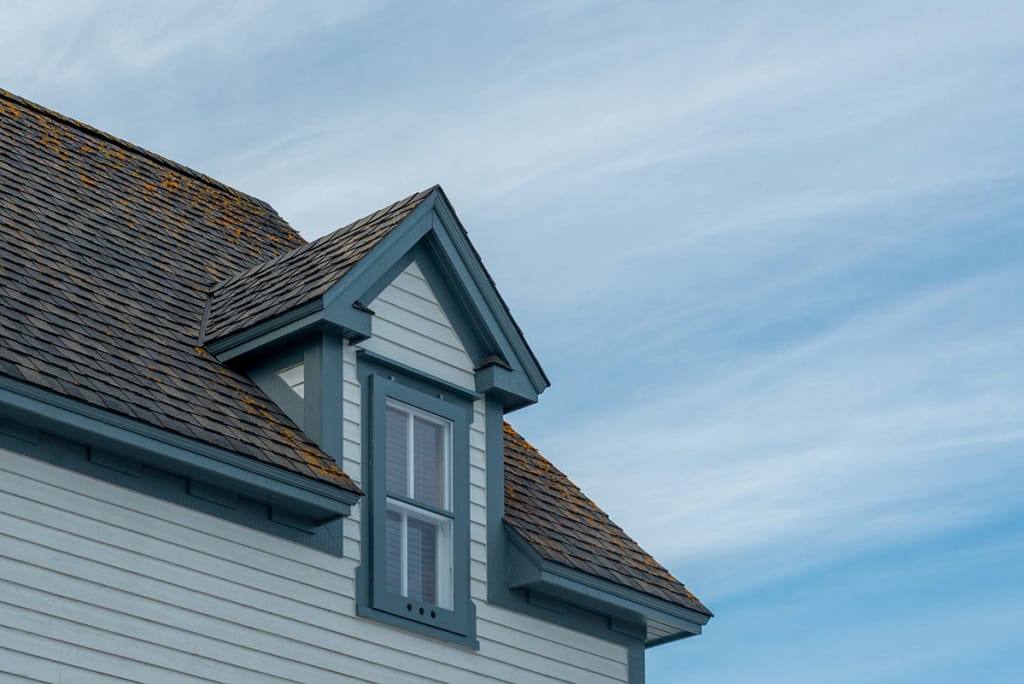
Before embarking on a roof replacement project, it’s essential to determine whether your roof truly needs it. While some issues can be addressed with repairs, others may require that the entire roof be replaced. Here are some signs that indicate it’s time for a roof replacement:
🧓Age
The age of your roof plays a huge role in determining whether it needs to be replaced. Most asphalt shingle roofs last about 20 to 25 years. If your roof is approaching or has exceeded this age range, it may be time for a replacement—even if there are no visible signs of damage.
💧Leaks and Water Damage
If you notice water stains on your ceilings or walls, it’s a clear indication that your roof has leaks. While some leaks are repairable, widespread or recurring leaks often suggest underlying structural issues that require a new roof.
🧰Missing or Damaged Shingles
Shingles that are cracked or missing altogether can compromise the integrity of your roof and leave it vulnerable to further damage. If there are a significant number of damaged shingles, it’s time for roof replacement.
⚒️Sagging Roof Deck
A sagging roof deck is a serious structural issue that should not be ignored. It suggests that your roof’s underlying structure has been compromised, potentially due to water damage or age. In such cases, a roof replacement is necessary to ensure the safety of your home.
🍄Mold and Moss Growth
Excessive mold or moss growth on your roof is generally due to moisture problems and poor ventilation. If left unaddressed, it can cause more issues, eventually leading to roof replacement.
Remember, these signs are just a starting point. It’s always a good idea to consult with a professional roofing contractor who can assess the condition of your roof and provide expert advice on whether a replacement is necessary.
Selecting the Proper Roofing Materials
Once you’ve determined that a roof replacement is needed, the next step is to choose the right roofing materials. The choice of materials will depend on numerous factors. Here are some popular roofing materials to consider:
- Asphalt Shingles: Asphalt shingles are the most common roofing material due to their affordability, durability, and ease of installation. They are available in a wide range of colors and styles, making them suitable for different architectural styles.
- Metal Roofing: Metal roofs are known for their longevity, energy efficiency, and low maintenance requirements. They can withstand extreme weather conditions and are available in various styles, including standing seam and corrugated tiles.
- Slate: If you’re looking for a premium roofing material with a distinctive, elegant appearance, slate is an excellent choice. It’s exceptionally durable and can last for many decades when properly maintained. However, slate is more expensive and requires professional installation due to its weight.
- Clay and Concrete Tiles: Clay and concrete tiles are popular in Mediterranean and Spanish-style homes. They offer excellent durability, fire resistance, and insulation properties. But, they are heavier than other roofing materials and may require additional structural support.
- Wood Shakes: Wood shakes provide a natural and rustic look to your home. They’re environmentally friendly and offer good insulation. On the downside, they require regular maintenance to prevent rot, mold, and insect infestations.
Before making a decision, it’s essential to consider the pros and cons of each material, as well as factors such as durability and maintenance requirements. Consulting with a roofing professional can help you make the best choice for your home and budget.
The Roof Replacement Process Explained
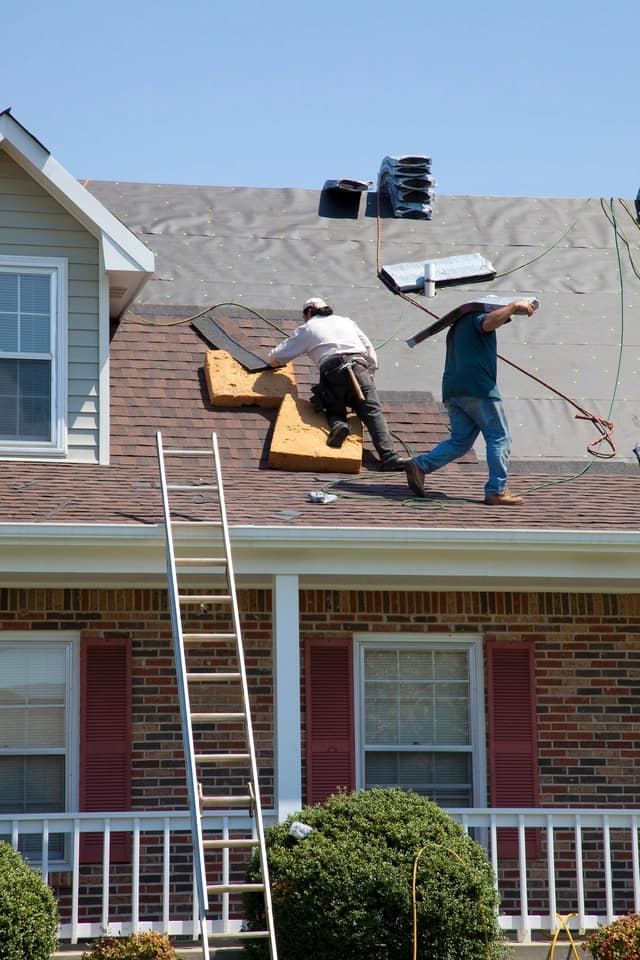
Now that you’ve chosen the right materials, it’s best that you understand a little bit about the roof replacement process. While the specific steps may vary depending on the unique characteristics of your project, here is a general overview:
1. Preparing Your Home for the Roof Replacement
Before the installation begins, you’ll need to prepare for the project. Here are some essential steps:
- Clear the Work Site: Remove any furniture, potted plants, or other objects from the areas surrounding your home where the work will take place. This will protect them from potential damage during the installation.
- Protect Your Belongings: Cover or remove valuable items in your attic, and secure any loose items in your home to prevent damage from falling debris.
- Inform Your Neighbors: Let your neighbors know about the upcoming roof replacement project. Inform them of the potential noise and temporary inconvenience that may occur during the installation.
- Consider Parking Arrangements: If your driveway or street is typically used for parking, consider making alternative arrangements during the roof replacement to allow easy access for the roofing crew and disposal of materials.
2. Removing the Old Roof
The next step in the roof replacement process is the removal of the old roof. The roofing contractors will carefully strip away the existing roofing materials, including shingles, underlayment, and flashing.
During the removal, the crew will inspect the roof deck for signs of damage or rot. If necessary, repairs or replacements will be made to ensure a solid foundation for the new roof.
3. Installing the New Roof
Once the old roof has been removed and any necessary repairs have been made, the installation of the new roof can begin. Here is a general outline of the roofing process:
- Underlayment Installation: The roofing crew will start by installing a waterproof underlayment, such as asphalt felt or synthetic materials. This layer provides an extra barrier against water infiltration and helps protect the roof deck.
- Flashing Installation: Flashing is an essential component of a watertight roof. It’s installed around areas like chimneys and vents to prevent water from seeping into the roof. The contractors will carefully install flashing to ensure proper sealing and protection.
- Shingle Installation: The final step is the installation of the roofing shingles or other chosen materials. The workers should follow manufacturer guidelines and industry best practices to ensure proper alignment, fastening, and ventilation.
Throughout the installation process, the roofing crew will also take measures to protect your property and minimize disruptions. They’ll clean up the work area and dispose of the old roofing materials.
4 Roof Replacement Mistakes to Avoid
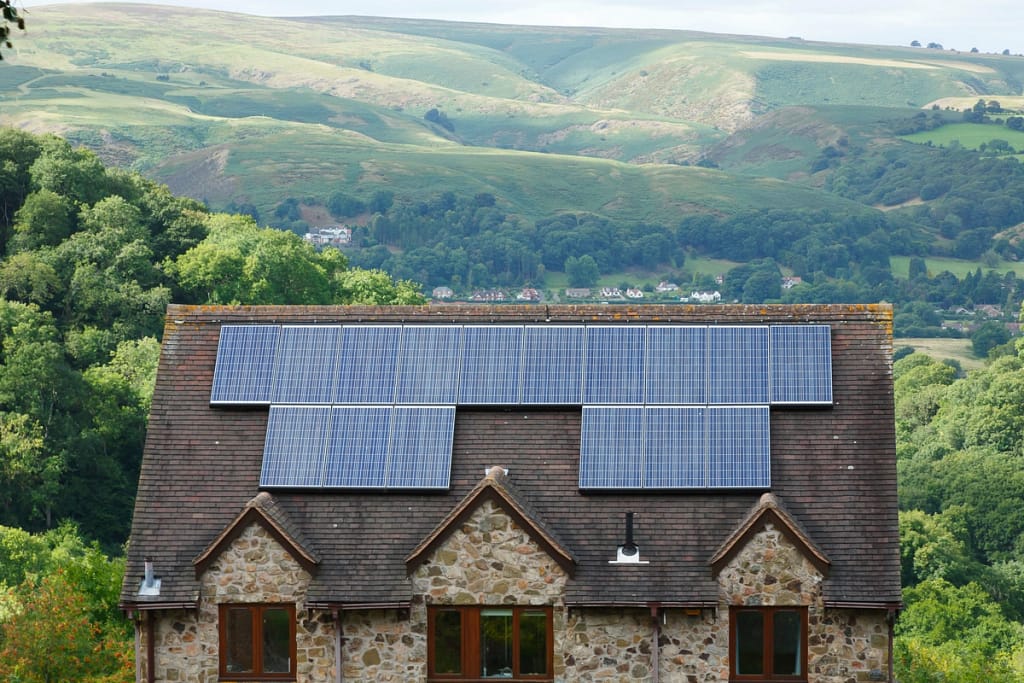
While a roof replacement is a complex project, it’s essential to avoid errors that can compromise the quality and longevity of your new roof. Below are some mistakes to watch out for:
1) Picking the Wrong Materials
Selecting the wrong roofing materials for your climate and property can lead to premature failure and costly repairs. Be sure to consult with reputable roofing contractors who can recommend the most suitable options for your specific needs.
2) Skipping Roof Inspections
Neglecting regular roof inspections can result in undetected issues that worsen over time. Regular inspections can identify problems early on and prevent extensive damage or the need for a premature replacement.
3) Hiring Unqualified Contractors
Hiring unqualified or inexperienced contractors could result in subpar workmanship and liability issues. Always verify the credentials and reputation of any contractor you hire.
4) Ignoring Ventilation and Insulation
Proper attic ventilation and insulation are essential for the longevity of your roof and the energy efficiency of your home. Failing to address these factors during a roof replacement can result in increased energy costs and potential moisture-related issues.
Let Us Revamp Your Roof
At Best Exteriors, we’ll give your roof the makeover that it deserves. We’re experienced contractors who know exactly what it takes to completely revamp the look of your home.
Our expert team is licensed, bonded, and insured, so you can rest easy knowing that your home will be protected during the project. Plus, if you need a little assistance with covering the cost of your replacement, we offer flexible financing options to our customers.
To learn more about our services, call 614-328-9546, or request a free consultation.
